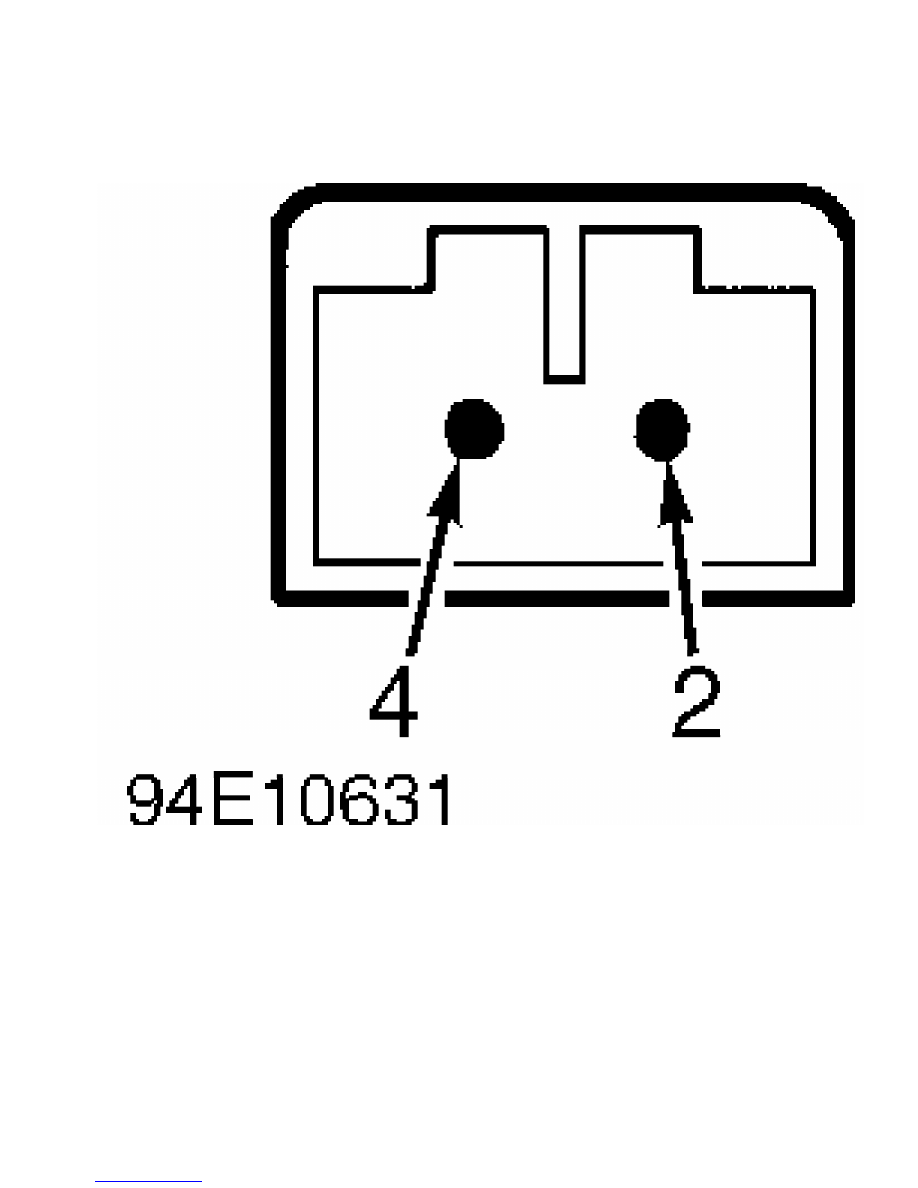Volvo 850. Manual - part 62

Fig. 9: Identifying Duct Temperature Sensor Terminals
Courtesy of Volvo Cars of North America.
DTC 1-3-2 & 1-3-4 DRIVER’S OR PASSENGER’S SIDE DUCT
TEMP. SENSOR CIRCUIT OPEN OR SHORTED TO POWER
1) If DTC 1-3-2 and 1-3-4 are both present, check for open
circuit in duct temperature sensor common ground (Brown wire). If DTC
1-3-2 and 1-3-4 are not both present, there is an open or short
circuit in wiring between ECC control module and duct temperature
sensor. Go to next step.
2) Ensure ignition is off. Connect test unit between ECC
control module and A/C system connector. Check ground circuit and
repair as necessary. See DTC 1-2-1, OUTSIDE TEMP. SENSOR CIRCUIT
SHORTED TO GROUND. If ground circuits are okay, go to next step.
3) Turn ignition on. Check driver’s side duct temperature
sensor wiring by checking voltage between test unit pins No. 56 and
47. Check passenger’s side duct temperature sensor wiring by checking
voltage between test unit pins No. 56 and 48. Voltage will vary with
duct temperature, but generally should be in 0-3 volt range.